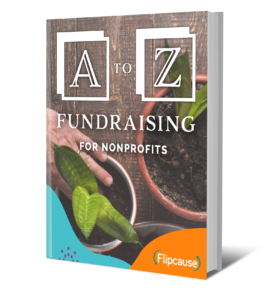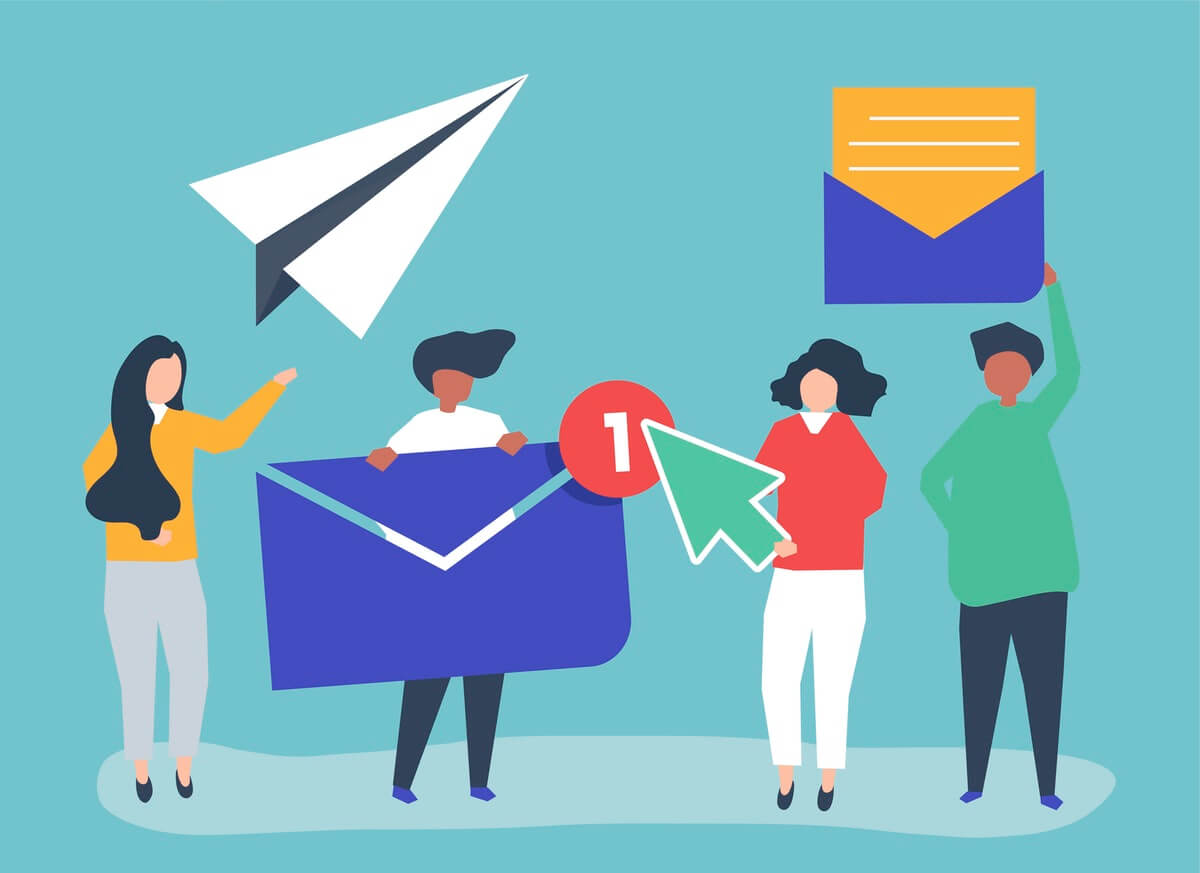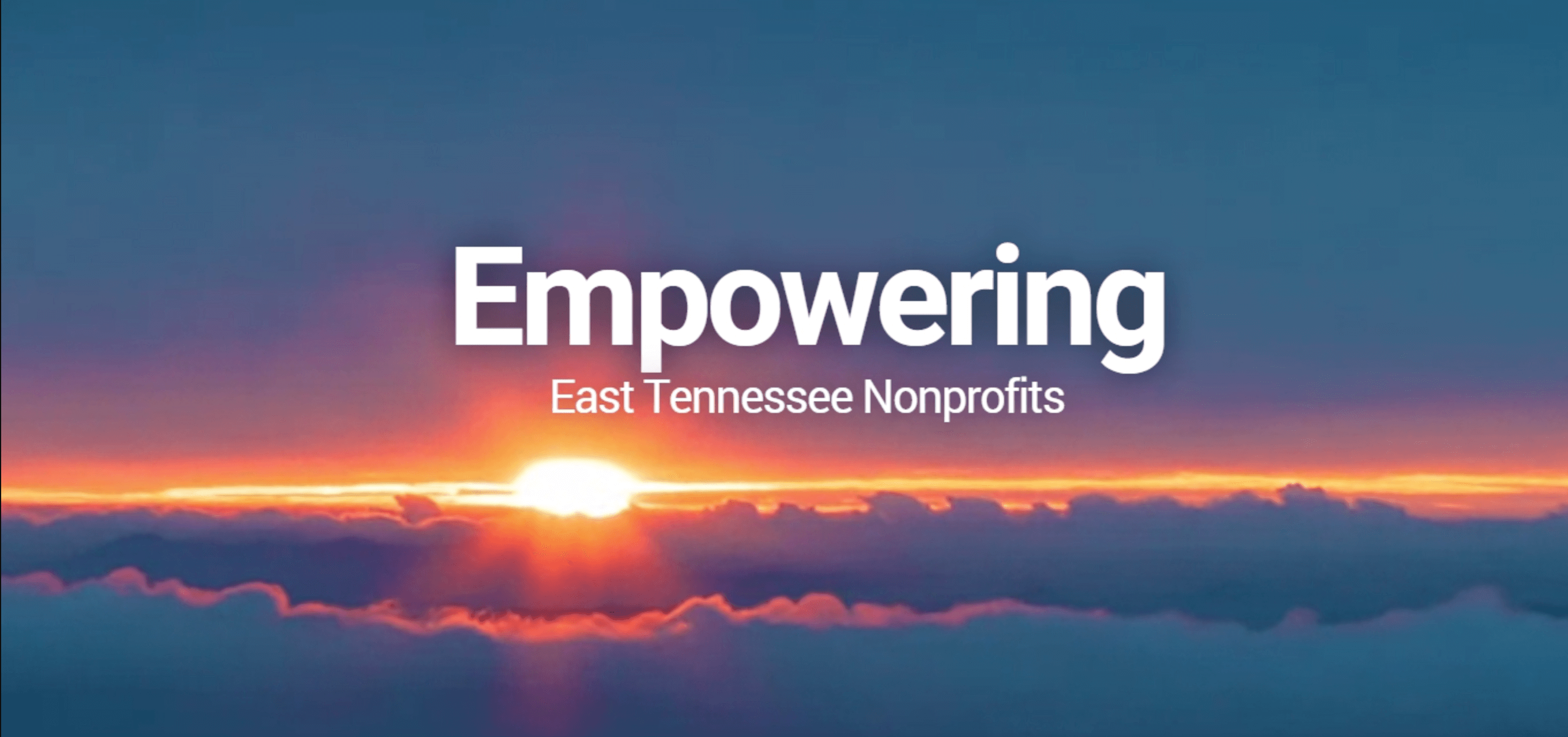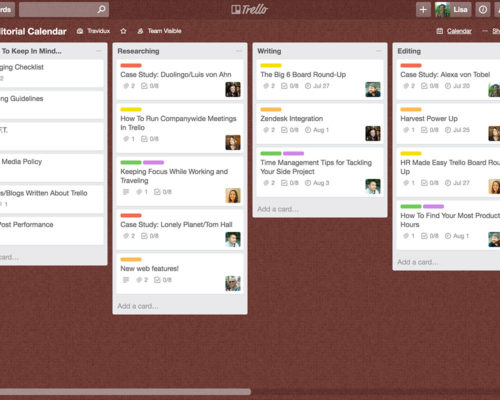Nonprofit Email Marketing with Mailchimp
Email marketing is a fundamental piece of your online fundraising strategy.
It’s how you cultivate support, share your campaigns, and build relationships at scale.
Since it’s not possible to email a big list of contacts one by one, nonprofits use email marketing software to send mass communications. You can use add-ons like YAMM (Yet Another Mail Merge) to send messages in bulk through Gmail. Some CRMs also offer mass email functionality, but with limited flexibility for design if you don’t know HTML.
While we’ve tried and tested many of the options out there, we’re now big fans of Mailchimp as an email marketing solution for small nonprofits.
6 reasons why Mailchimp is great for small nonprofits:
#1 Mailchimp is free and Flexible.
We know that your small nonprofit is working with limited resources.
So it’s a big deal that Mailchimp is free for up to 2,000 contacts and 12,000 emails per month. Mailchimp’s forever free plan will give you the tools you need to get started with email marketing. As your mailing list and fundraising revenue grows, they offer a nonprofit discount on their paid subscription.
Getting started with Mailchimp
While the cost will make you do a little dance and breathe a sigh of relief knowing that it will be that much easier to convince your board to adopt a new platform—you’ll need to invest time to learn how Mailchimp works and to set it up to meet your needs.
Luckily, their product is extremely well-documented. We recommend creating an account and diving right in for some hands-on learning. When you’re ready, check out their getting started guide.
#2 You can segment + personalize your outreach in Mailchimp
Personalization is a REALLY BIG DEAL for your online fundraising. And we can’t emphasize enough how useful Mailchimp’s platform is for personalized, segmented mass communications at scale.
Upload your existing contacts with custom fields
It’s easy to get your contact data into Mailchimp. Before you send any emails, you’ll need to load all of your existing contacts into the platform (just make sure they’ve already given their consent for outreach):
- Upload your existing contacts in bulk using a .csv file
- Include board members, staff, mailing list signups from other sources, volunteers, and donors
- Add custom fields to Mailchimp by including additional columns in your file.
- Tip: create separate columns in your contact spreadsheet for each of your most recent fundraising campaigns. For donors who gave to each campaign, add the $ amount given. Later on, when you’re ready to ask your donors to give again, you’ll be able to use merge tags to personalize mass emails and thank donors for their specific contribution.
Use merge tags to personalize your emails
Whenever you write a new email, you can use merge tags to populate custom information for each recipient.
If you’re just getting started with email marketing, you can use the merge tag *|FNAME|* to customize each message with people’s first names. Once you get more comfortable using Mailchimp, you can do lots of amazing customization with merge tags.
Say you’re writing a fundraising appeal to your active donors. You’ll have their contact information loaded into your Mailchimp list, including the amount they donated to a given campaign. Using merge tags for your custom fields, you can customize your message to thank each donor for their specific contribution.
For example:
“Dear *|
With your generous gift of *|
gets personalized for each recipient:
“Dear Bethany,
With your generous gift of $150, you made it possible for Kids Now students to receive one-on-one mentorship.”
This kind of personalized outreach is invaluable for building strong relationships at scale. Of course, to do it effectively, you’ll need to make sure that you keep your data clean!
Configure your list for segmentation
Beyond personalizing your email campaigns, you can also set up your Mailchimp List for targeted outreach.
We’ll be up-front here: organizing your contacts in Mailchimp is one of the trickiest steps in the process because their tools are so flexible. The most confusing (and also the most useful) elements for custom communications in Mailchimp are your Audience, Groups, Tags, and Segments.
There’s an infinite number of ways to configure your account, but we’re sharing our own notes below to help you use their small business tools for nonprofit communications:
Audience (formerly called Lists) is the highest level organization for contacts in Mailchimp. The best practice is to maintain only one audience, called a Master Audience, unless you absolutely need more (like if you have multiple organizations using the same account). If you’re using more than one audience, chances are that you’re paying for duplicate contacts. Instead, use the tools below to segment and organize your contacts within your Master Audience.
Groups are the next level of organization. You can group contacts together by interest within your mailing list. We’ve found it’s best to use groups to organize your list by the type of communication you’re sending. For example newsletter, quarterly updates, and annual report. With the manage preferences link in the footer of every email, you can allow supporters to choose which type(s) of communications they want to receive.
Tags let you add data to subscribers in your mailing list without creating custom fields. They’re great for marking and identifying contacts as donors to a specific campaign. You’ll need this information later on to segment and personalize your messages. We like to use the bulk upload tool to add tags to subscribers.
Segments are groups of subscribers who meet certain conditions. You can build custom segments to send targeted communications. For example, you might send your outreach campaign to a segment of contacts who are tagged as “2018 Year-End Donors.”
However you decide to organize your mailing list, it’s key to have a plan and stick to it. Managing your contacts in Mailchimp systematically will give you way better results.
#3 Mailchimp lets you create Branded email templates with a drag-and-drop editor.
You don’t have to know how to code to create beautiful, consistently branded emails in Mailchimp. Their drag-and-drop editor lets you create branded email layouts and save them as templates for future use.
Your nonprofit’s logo and branded colors help people instantly recognize your work. By simply adding a header with your logo to your mass emails, you can create consistency across your communications and build trust. You can also incorporate your branded colors into the design of your email.
create templates for different types of content
To level-up your email marketing, you can create custom templates for different types of outreach, including:
- Blog updates
- Newsletters
- Annual Reports
- Fundraising emails (per campaign to match the design of your donation page)
When you’re first getting started, we recommend keeping it simple. Start by adding your logo, but don’t let perfect be the enemy of good. Send regular emails, thank your donors, and focus on building connections. Let design be the icing on the cake.
#4 Mailchimp lets you create automated welcome emails
This year’s Nonprofit Technology Conference drove home the importance of automated welcome emails for donor retention and for cultivating recurring donations.
In Mailchimp, it’s easy to build a series of welcome emails for your new supporters. Configure these messages to automatically send to subscribers who meet your defined conditions. You can specify the timing and frequency of these messages, as well as design the content for each one.
Build better relationships in less time
With automated emails, when Bethany (or any other donor) makes her first contribution, you can automatically send a personalized thank-you from your Executive Director and ask her to show her support with a monthly donation…without manually sending a single email.
Note: these emails will only be sent to newly added/updated contacts who meet your conditions and won’t be sent retroactively.
#5 Mailchimp has Analytics that are easy to use
Mailchimp tracks opens and clicks for every email you send. They even let you set your industry and give you benchmarks to help measure your success. Once you’ve sent your first campaign, you can use their Reports section to see how well your email performed.
Basic metrics to track over time include:
- Opens (%)
- Are people opening your emails? Depending on your open rate, you may need to improve your subject lines or clean out inactive subscribers from your mailing list.
- Clicks (%)
- Are people taking the desired action after opening your emails? A low click rate may indicate that your emails lack a clear call-to-action.
- # of Subscribers
- Are you building your audience of potential donors? If your list is stagnant, you may want to think about ways to grow your list (see the next section for how to do this with Mailchimp tools). If lots of people are unsubscribing from your list, you should find ways to improve your email content and make it relevant for your audience.
#6 Mailchimp has Built-in tools to grow your mailing list
You already know that email marketing is key to online fundraising success. So you want to take every opportunity to grow your mailing list! Mailchimp gives you a number of options for doing just that. Among our favorites are:
- Integrating your mailing list signup with your Facebook page (here’s how)
- Collecting mailing list signups on your website via integration or popup form
You should also plan to upload your new supporters (with their consent) into your Mailchimp list so you can stay in touch. Don’t forget to tag them as necessary and add them into the appropriate groups!
Whether you’ve just launched a new nonprofit or are looking to level up your email marketing, Mailchimp can be customized to help you meet your supporters where they’re at. With the right tools in place, you’ll be ready to increase conversions from your email marketing, raise more money, and better fulfill your mission.
Have questions about Mailchimp or your email marketing strategy? Let us know in the comments—we’re happy to share our advice.

Want to learn the basics of fundraising? Download our latest guide, A to Z Fundraising for Nonprofits:





Steven
September 28, 2019I’ll be the bad guy here and disagree on Mailchimp as main and best choice for nonprofits.
After reading this blog post (https://davidgaughran.com/2019/05/16/mailchimp-alternatives-criticism-changes-pricing-plans/), I realised that Mailchimp is no longer client oriented, rather it’s money oriented. And that’s a bad thing for nonprofits as well as other Mailchimp users. I’m highly disappointed, so went with Davids choice and chose Mailerlite as provider for email services. I think this page also shows the Mailerlite’s superiority https://www.mailerlite.com/mailchimp-alternative vs. Mailchimp. Actually – some might not be as Mailerlite prone as I am, but do research the best email service for you, rather than just getting to Mailchimp as it is the best known and it offers “kind of free” service. There are so many to choose from! Go – explore!
Darya Gorlova
November 7, 2019Hi Steven, thank you for bringing this up! We’ve been a Mailchimp client for so many years, that we somehow missed the memo on the changes that happened earlier this summer. Up until that point, Mailchimp won out hands-down. But now, definitely it’s worth reconsidering all of the options out there. And Mailerlite is looking like a great option.
Daryl Hutchins
November 18, 2019My non-profit has been a long-time user of MailChimp. Given recent changes, especially the “ONE SEAT” restriction, I will be looking around also.
Darya Gorlova
November 19, 2019Let us know what you decide to go with and why!